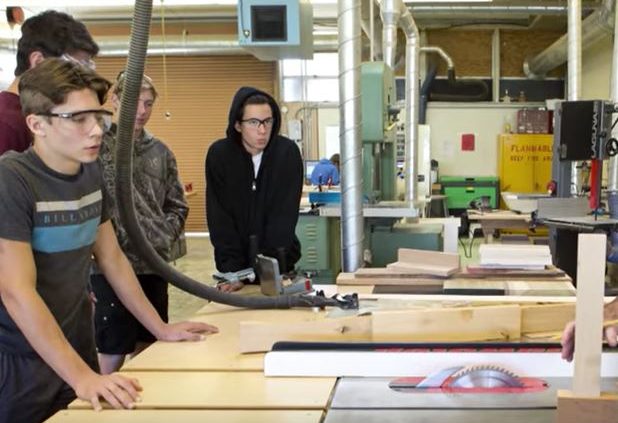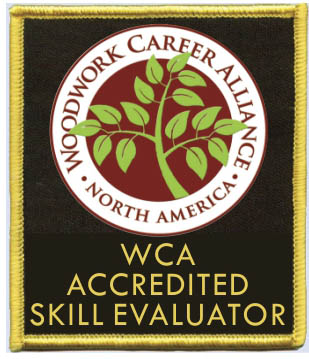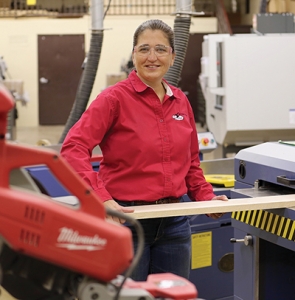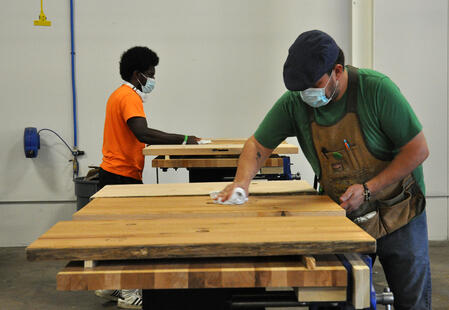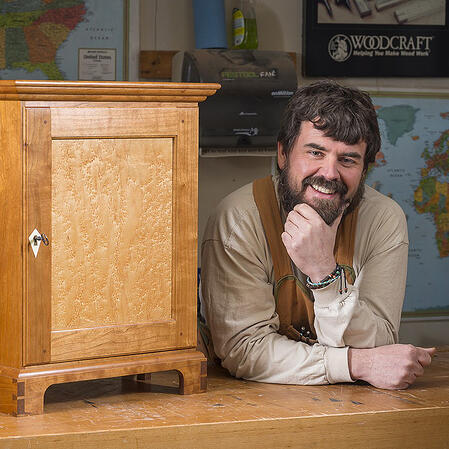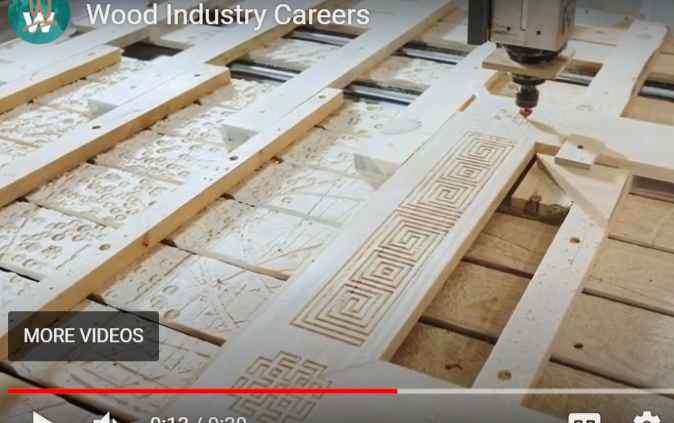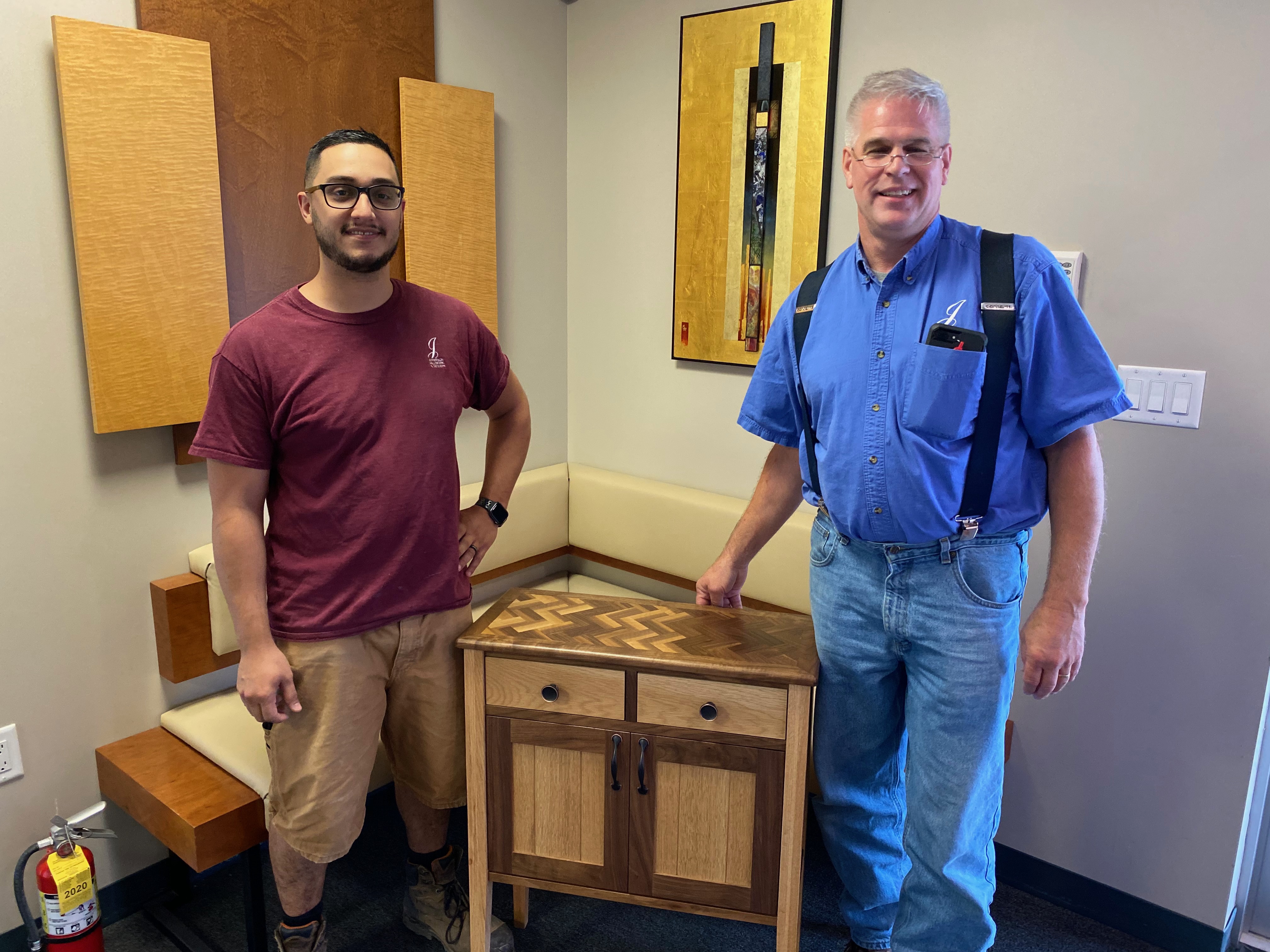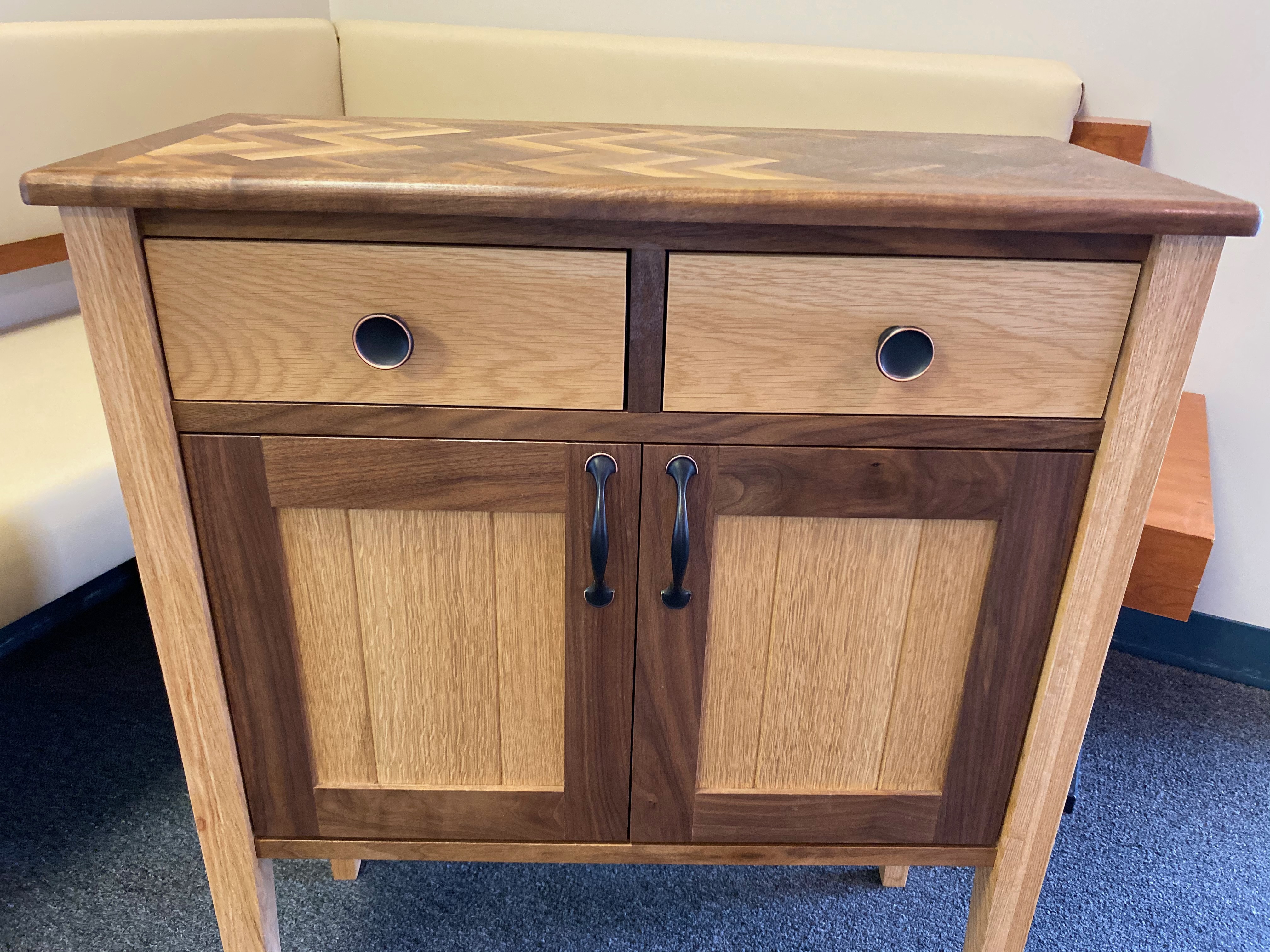Nominations for HFTS $1M Teaching Excellence Awards Ends May 21
CALABASAS, Calif. — Applications are being accepted until May 21 for the 2021 Harbor Freight Tools for Schools Prize for Teaching Excellence. The fifth annual program will award cash prizes totaling more than $1 million to 18 of America’s best public high school skilled trades teachers and their programs.
Nominations can be submitted at hftforschoolsprize.org.
The mission of Harbor Freight Tools for Schools is to increase understanding, support of and investment in skilled trades education in U.S. public high schools. The Prize for Teaching Excellence is its flagship program.
“We’re honored to shine a spotlight on excellent skilled trades teaching and learning in America’s public high schools and bring well-deserved attention to these amazing educators,” said Danny Corwin, executive director of Harbor Freight Tools for Schools. “In the five years since the prize was created, we have celebrated more than 70 prize-winning teachers from around the country and continue to collaborate with them to advance this important field of education.”
The best-skilled trades programs embody what great hands-on teaching and learning should look like in any classroom, for any subject. Excellent skilled trades teachers use project-based learning, teach skills like leadership and collaboration, and help students apply academics to the real world.
The past year has been a challenging time for all educators and skilled trades teachers have needed to be inventive to offer hands-on learning at a distance when schools were closed. The 2021 application will provide an opportunity for trades teachers to share how they adjusted and kept their students engaged.

The Harbor Freight Tools for Schools Prize for Teaching Excellence was started in 2017 by Harbor Freight Tools owner and founder Eric Smidt. The prize recognizes outstanding instruction in the skilled trades in U.S. public high schools and the valuable work of teachers who inspire students to learn a trade that prepares them for life after graduation.
Past winners of the prize are teachers who have led their students to rebuild homes destroyed by hurricanes, manufacture parts for major aerospace companies and run live automotive repair shops on their high school campuses.
“Think of terrific skilled trades teachers at your neighborhood high school or career and tech center, or the teacher who helped you learn your trade,” Smidt said. “First, thank them. Then tell them to apply for the prize.”
About the Prize:
- Harbor Freight Tools for Schools has received more than 2,600 applications for the prize since 2017.
- The benefits of the prize have had an impact on more than 50,000 students in skilled trades programs nationwide.
- More than $3.5 million in cash awards have been given to 72 winning teachers and their skilled trades programs.
- Winning teachers are invited to the annual Let’s Build It Institute, a three-day convening hosted by Harbor Freight Tools for Schools where teachers share best practices and pilot innovative ideas.
- Three grand prize winners will receive $100,000 each, with $70,000 going to their high school skilled trades program and $30,000 going directly to the individual skilled trades teacher.
- Fifteen additional prize winners will each win $50,000, with $35,000 going to the high school program and $15,000 going to the teacher.
- Teachers whose school, district or state policy prohibits the receipt of the individual portion of prize earnings are eligible to apply on behalf of their school’s skilled trades program.
- The application process and the prize are designed to give teachers access to ideas and practices through a network of like-minded exceptional educators and leaders.
- For updates on the prize, follow Harbor Freight Tools for Schools on Instagram and Twitter.
View past Teaching Excellence award winners.

